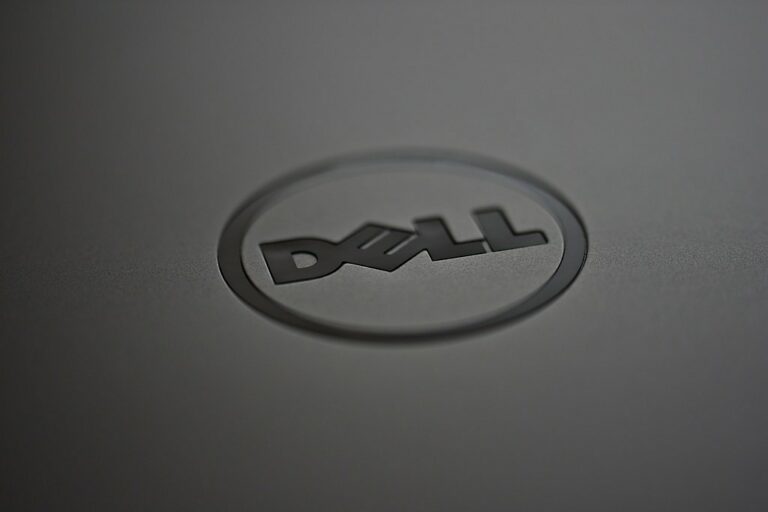In October 2011 HP submitted and reported storage performance council (SPC) results for its P10000 V800 (aka 3PAR) storage system.
As mentioned in the inaugural installment of this column, one of many different benchmarking tricks or techniques to enhance results is short stroking. Short stroking is not using all of the storage space capacity of hard disk drives (HDDs) while boosting performance.
Some vendors have played games with underutilized storage capacity in an attempt to boost performance. By discounting the price, they show good price-performance capacity results. In the case of the October 2011 SPC-1 results, while some may have asserted HP short stroked to get better performance, a review of the SPC-1 results does not prove out those assertions. However, what can be learned from those results for smart shoppers is that in addition to good performance results, HP submitted a configuration with a 50 percent discount off of list price.
Given that HP and 3PAR have done an effective job of marketing and promoting thin provisioning, I’m not surprised others would jump to an assertion of short stroking. The HP P10000 V800 system tested using SPC-1 consisted of eight nodes in a tightly coupled cluster configuration with 1,920 300GB 15K Fibre Channel HDDs. Note that the 300GB HDDs actually appeared to the storage system as 298.3GB raw usable blocks, which is not unique to HP or any other vendor for that matter.
- Physical capacity (1,920 x 298.3GB): 572,736.002GB
- Storage system overhead capacity: 11,985.07GB
- Total configured storage capacity: 560,750.9GB
Of the total configured storage capacity, 16,252.16GB were not used, 2,714.419GB was used for system meta data, 14,018GB for sparing and 263,882.8GB x two (mirroring) used for protected usable storage. Of the usable 263.882.8GB of usable (mirrored protected) storage, 39 percent was allocated to one application storage unit (ASU1), 39 percent allocated to ASU2, 9 percent to ASU3 and 13 percent or 33,482.79GB unused. Looking at the above numbers and the relatively small amounts of storage unused, it’s long stretch to describe this as short stroke.
As to why HP did not use the remaining 13 percent of available mirrored protected storage, plus why it left about 3 percent of the total configured capacity unused we will leave up to HP to explain. Perhaps it was trying to mimic as close to possible a customer environment allowing some free space, or as some have alleged, to have been short stroked. On the other hand, HP did get aggressive with its discounting of the configuration tested at 50 percent. Smart shoppers should leverage this.
Looking through the SPC submission materials for the HP P10000 V800, the only sign of short stroking would be if HP did not honor the discounts posted, or if a shopper was aware and did not leverage those for negations. If you need the number of IOPS for small storage capacities, then look at SSD-enabled arrays, storage systems and appliances. Also, note that while the SPC results show the average performance across the three different ASUs, there were differences that could also cause some to speculate short stroking. This, however, would also mean not looking at the entire results. In theory, HP’s thin provisioning should provide more effective storage capacity utilization for sparse configurations. On the other hand, for dense storage space capacity requirements that also need performance, SSD can be a good option.
There is plenty of good and useful information in both the executive summaries and full disclosures, including latency data if you look for it, and do a bit of analysis, as noted in this article about sifting through benchmark brouhaha.






